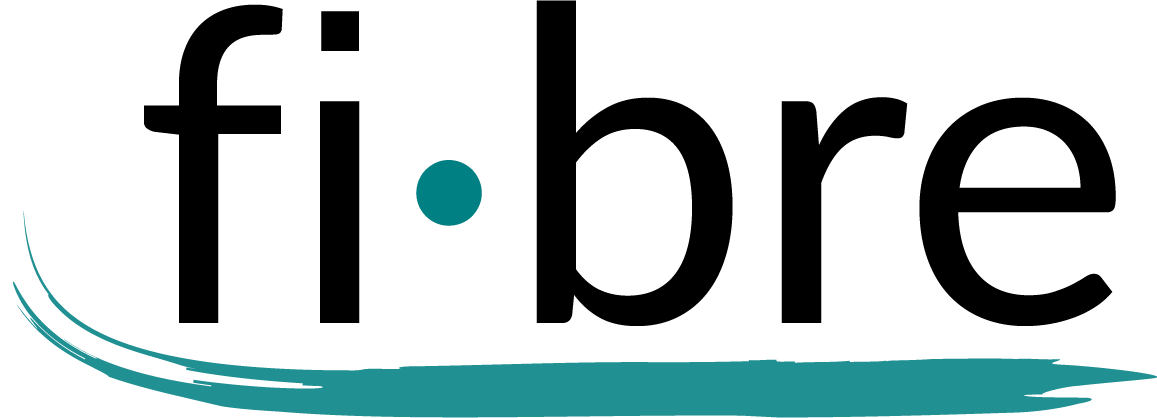Sickle Cell Disease: Pain Management
Sickle cell disease (SCD), one of the most common inherited diseases, affects the body’s ability to produce hemoglobin. SCD prevents red blood cells from properly and efficiently delivering oxygen to tissues (e.g., muscles) and organs (e.g., lungs, kidneys, skin).
Sickle cell is one of the most common inherited diseases.
SCD is named for the sickle-shaped red blood cells which:
lack the flexibility of a normal red blood cell,
tend to form clumps because they’re “sticky.” This causes them to block smaller blood vessels and stop red blood cells from delivering oxygen to tissues.
need to be replaced more often than normal red blood cells.
Some symptoms of SCD include anemia, frequent bacterial infections, swollen hands or feet and vision problems. According to the Mayo Clinic, episodes of repetitive and unpredictable pain, known as “crises”, are a major symptom. The pain severity varies by person.
SCD pain episodes may be severe and require hospitalization.
The intensity and duration of acute pain varies from a few hours to weeks. The pain episodes may be few and infrequent or considerably more and require hospitalization.
Adults and teenagers with SCD also experience chronic pain due to tissues and organs being damaged.
Pain medications, blood transfusion and bone marrow transplants may help manage symptoms. Recently, gene therapy has been used as a treatment.
What is the role of massage therapy in managing the pain of SCD?
In 2003, GeneReviews published M.A. Bender”s “Sickle Cell Disease” which includes massage as part of a multi-model approach to SCD pain management.
Parent-provided nightly massage lowered children’s levels of anxiety, depression and pain.
An Ohio State randomized trial looked at parents providing nightly massage to their children with SCD. The children had lower levels of anxiety, depression and pain at the end of the trial. This supports using parent-provided massage to help alleviate short-term pain; however, pain medications may be needed for severe episodes.
In 2006, Johns Hopkins Univeristy sought to find out if families of children with SCD used any complementary and alternative medicine (CAM) therapies. They found prayer, relaxation techniques, and spiritual healing were the most commonly reported therapies.
“Because clinical studies have shown the benefit of spiritual and relaxation practices for SCD and this study shows that these CAM therapies are being used commonly by SCD families, future research should focus on spiritual and relaxation practices for children with SCD.”
The “relaxation” practices in this study support the use of massage (and Reiki) for alleviating pain or mild discomfort. For anyone experiencing acute pain in the State of Maryland, massage therapy isn’t recommended.
At fibre, massage therapy and Reiki services provide relaxation which align with the practices mentioned in the Hopkins study. I hope SCD research continues and more people learn about testing to avoid passing on this painful disease.



